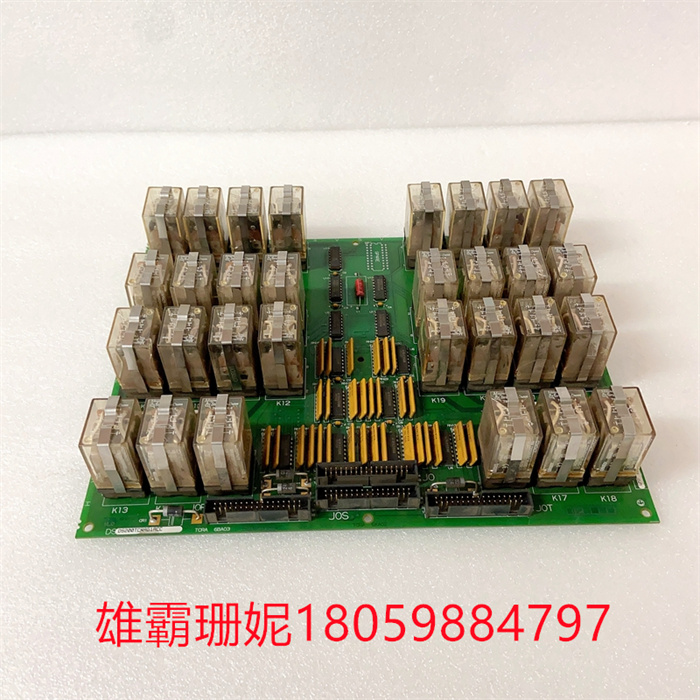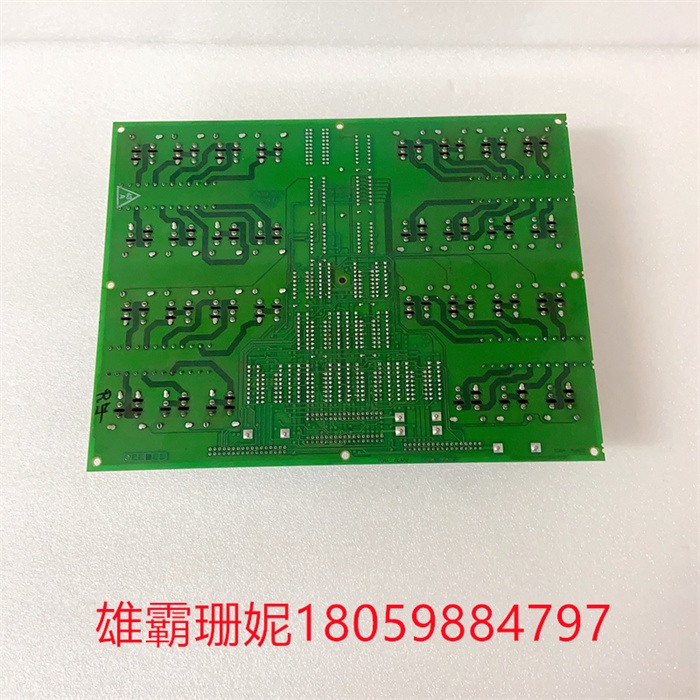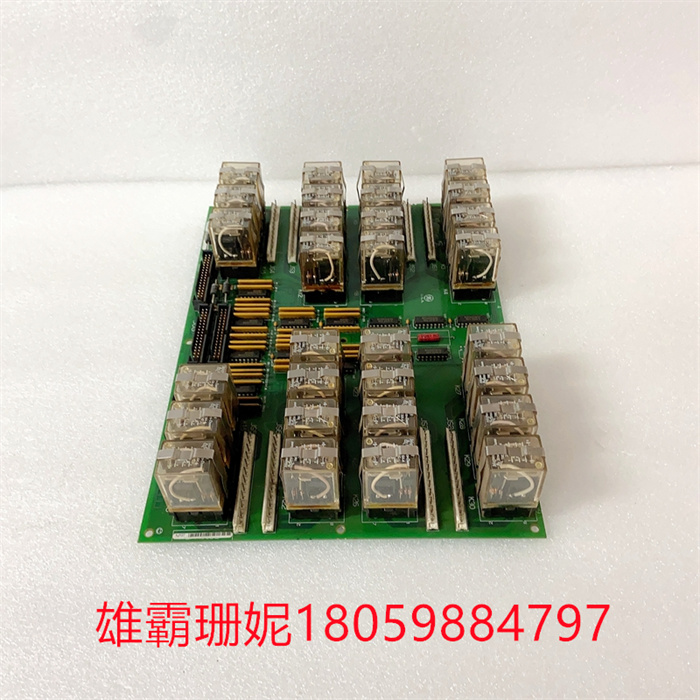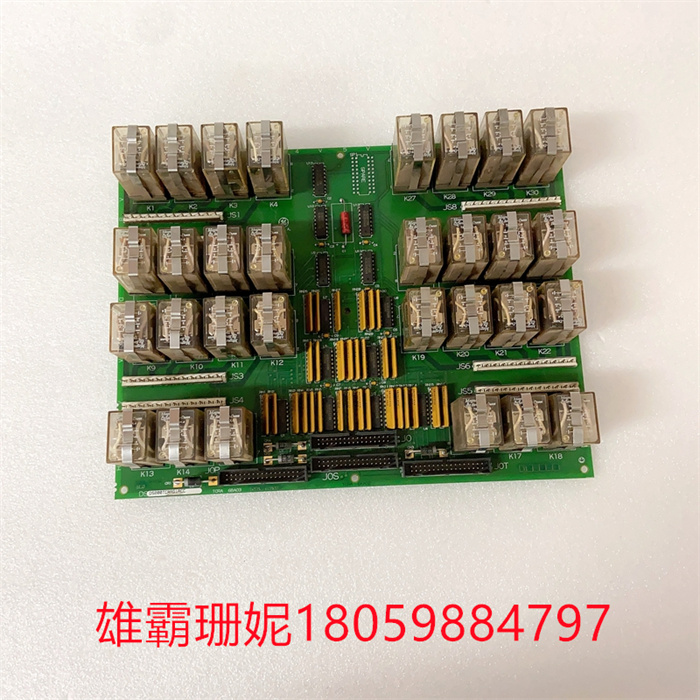GE DS200TCRAG1ACC 模拟量输入卡件

通过允许更大的电流流动来打开设备继电器是一种电动或机电开关,由电磁铁、衔铁、弹簧和一-组电触点组成。电磁开关由小电流操作,通过释放或缩回衔铁触点来接通或切断大电流,从而切断或接通电路。当受控电路和控制电路之间必须有电气隔离时,或者当多个电路需要由单个信号控制时,继电器是必要的。继电器是一个电磁开关;因此,它的心脏是电磁体,由小电流供电,充当杠杆或开关本身。这使得允许相对小的电流影响和控制大得多的电流成为可能。传感器是敏感的设备,它们只产生少量的电流,但为了让传感器驱动更大的设备,它需要某种东西通过允许更大的电流流动来打开设备。样,传感器可以作为继电器的控制输入,当它被激活时,更大的电流流向设备。例如,可以分配光或光传感器来控制室外的灯,以便当外面变暗时,光传感器激活充当灯开关的继电器。
驱动模块是用来模拟被测试模块的上一级模块,相当于被测模块的主程序。它接收数据,将相关数据传送给被测模块,启用被测模块,并打印出相应的结果。传统的单元测试包括了驱动模块(driver) 和桩模块(stub)。驱动模块的目的很单纯,就是为了访问类库的属性和方法,来检测类库的功能是否正确;驱动模块是用来模拟被测试模块的上一级模块,相当于被测模块的主程序。它接收数据,将相关数据传送给被测模块,启用被测模块,并打印出相应的结果。如果被测试模块中的函数是提供给其他函数调用的,在设计测试用例时就应该设计驱动模块(Driver)。
举例来说:驱动模块(Driver)可以通过模拟一系列用户操作行为,比如选择用户界面上的某一个选项或者按下某个按钮等,自动调用被测试模块中的函数。驱动模块(Driver)设置,使对模块的测试不必与用户界面真正交互。
GE DS200TCRAG1ACC 模拟量输入卡件

Open the equipment by allowing more current to flow. The relay is an electric or electromechanical switch, which consists of an electromagnet, an armature, a spring and a set of electrical contacts. The electromagnetic switch is operated by a small current, and the large current is switched on or off by releasing or retracting the armature contact, thus switching off or switching on the circuit. Relays are necessary when there must be electrical isolation between the controlled circuit and the control circuit, or when multiple circuits need to be controlled by a single signal. The relay is an electromagnetic switch; Therefore, its heart is an electromagnet, which is powered by a small current and acts as a lever or switch itself. This makes it possible to allow a relatively small current to influence and control a much larger current. Sensors are sensitive devices, they only generate a small amount of current, but in order for the sensor to drive a larger device, it needs something to open the device by allowing a larger current to flow. For example, the sensor can be used as the control input of the relay. When it is activated, more current flows to the equipment. For example, a light or a light sensor can be assigned to control outdoor lights, so that when the outside gets dark, the light sensor activates a relay that acts as a light switch.
The driver module is used to simulate the upper module of the module under test, which is equivalent to the main program of the module under test. It receives data, transmits relevant data to the tested module, enables the tested module, and prints the corresponding results. Traditional unit testing includes driver module and stub module. The purpose of the driver module is very simple, that is, to access the properties and methods of the class library to test whether the function of the class library is correct; The driver module is used to simulate the upper module of the module under test, which is equivalent to the main program of the module under test. It receives data, transmits relevant data to the tested module, enables the tested module, and prints the corresponding results. If the function in the tested module is provided for other function calls, the Driver module should be designed when designing the test case.
For example, the Driver module can automatically call the functions in the tested module by simulating a series of user actions, such as selecting an option on the user interface or pressing a button. The Driver module is set, so that the test of the module does not have to really interact with the user interface.










